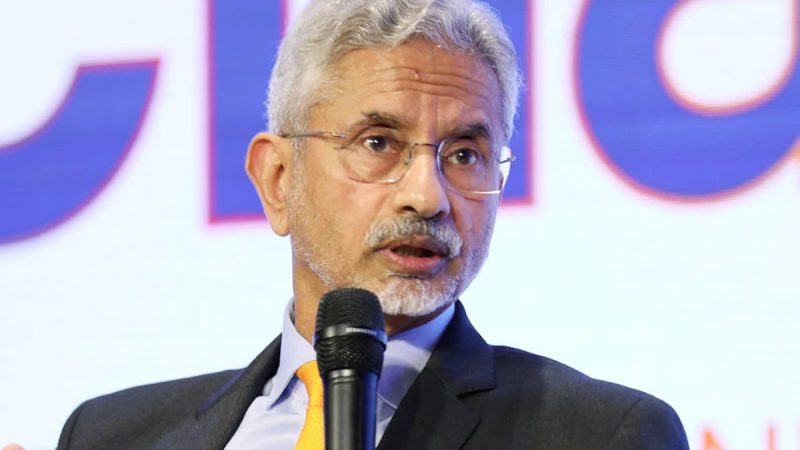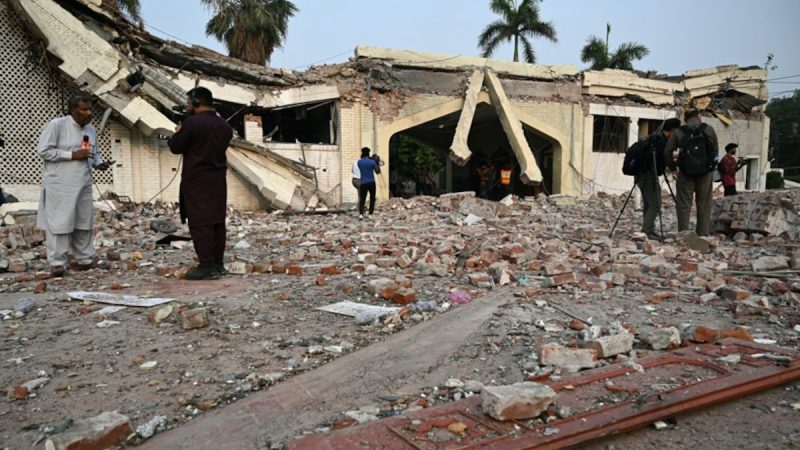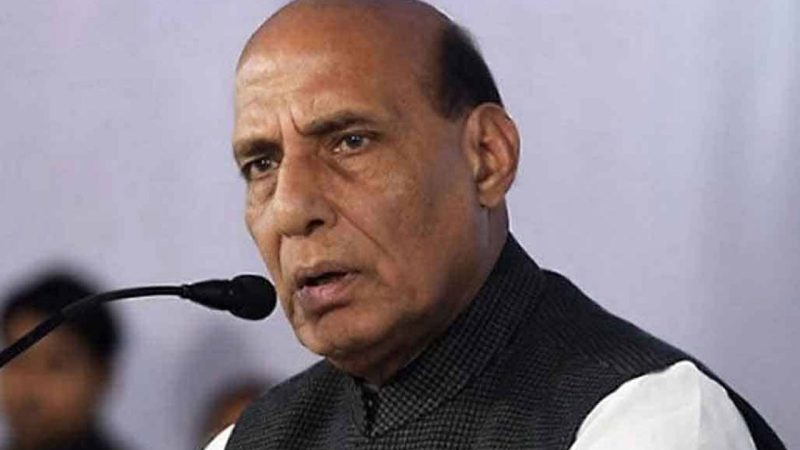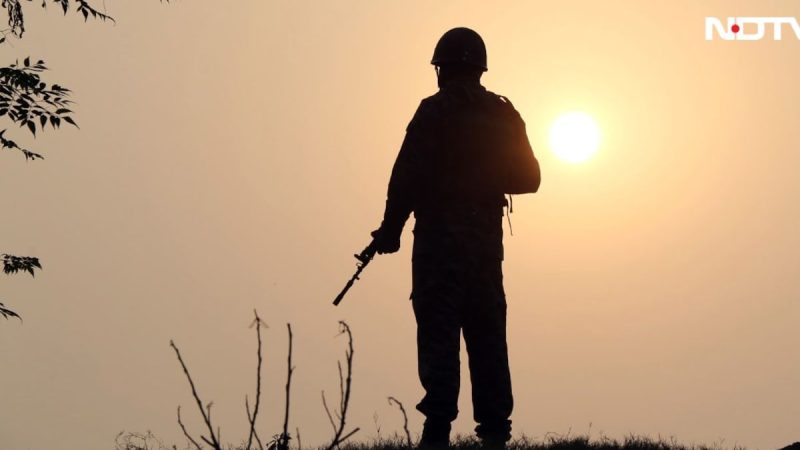From ‘Operation Riddle’ to ‘Operation Sindoor’: Decoding symbolism behind India’s military codenames
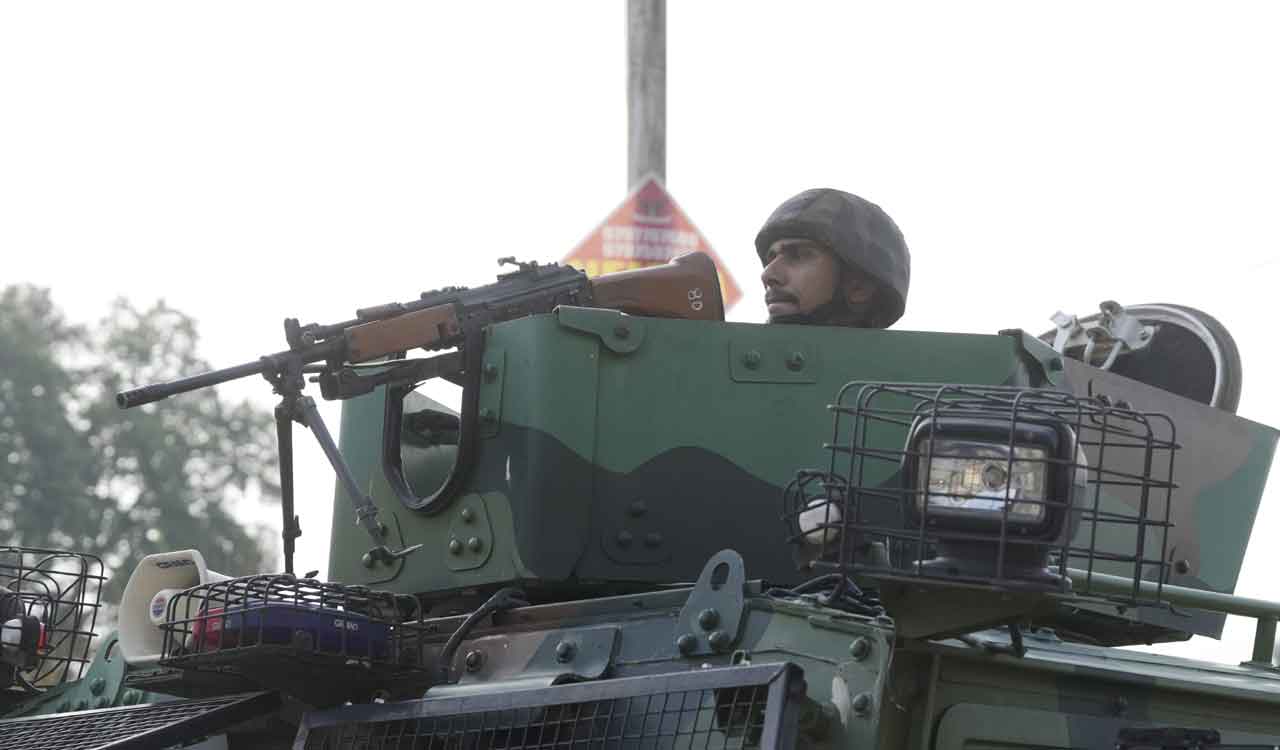
PM Narendra Modi reportedly chose the name ‘Operation Sindoor’ as a tribute to the women who lost their husbands in the Pahalgam terror attack
Published Date – 7 May 2025, 07:13 PM

A security personnel keeps vigil during a search operation after India struck nine terror targets in Pakistan and PoK, at Pampore in Pulwama district on Wednesday. Photo: PTI
Hyderabad: The action projected India’s military power. But the name? That was a tribute to the women who lost their husbands in the Pahalgam terror attack.
The name Operation Sindoor, along with its impact and the developments thereafter, is also being discussed widely because this is the first time that India has deviated from its using conventional military names.
According to news agencies including PTI, Prime Minister Narendra Modi chose the name ‘Operation Sindoor’ for India’s counterstrike against terror bases in Pakistan. A PTI report noted that the name, ‘Operation Sindoor’, is heavy with symbolism. “Hindu women put ‘sindoor’ — meaning vermilion — on their head as a symbol of marriage. The Pahalgam terror attack, in which 26 innocents were killed in cold blood, destroyed as many families. The victims were rounded up, asked their religion and shot dead in front of their wives and children. It is, therefore, fitting that the operation to avenge their deaths is named ‘Sindoor’,” the report said.
The image put out by the Indian Army has Operation Sindoor written in block letters. One ‘O’ in Sindoor is a bowl of vermilion. Some of it has spilled over, symbolising the ruthlessness that snatched away the life partners of 25 women. It came along with caption ‘Justice is served. Jai Hind’.
As for India’s earlier operations, most were conventional military names to inspire confidence internally and to send a message of strength externally. Before Sindoor, it was Bandar. The air strikes in Pakistan’s Balakot on February 26, 2019, which avenged the blowing up of a security forces convoy in J&K’s Pulwama were called ‘Operation Bandar’. It was also the first air strike across the LoC since 1971.
There was also one unnamed operation, the military response to the Uri attack. However, the operation being a striking display of India’s military might, it came to be known as the ‘Uri Surgical Strikes’.
Before Bandar and Uri, right from 1965, the names in conflicts with Pakistan included Operation Riddle, Operation Ablaze, Operation Cactus-Lily, Operation Trident, Operation Python, Operation Meghdoot, Operation Vijay and Operation Safed Sagar.
‘Operation Riddle’ was India’s response to Pakistan’s Operation Gibraltar and Grand Slam in 1965. With Pakistan violating the LoC and entered J&K, India targeted Lahore and Kasur on September 6, 1965. ‘Operation Ablaze’, too, was in the context of the 1965 Indo-Pak war. It was the Indian Army’s pre-emptive mobilisation plan in April 1965, following rising tensions and skirmishes along the Indo-Pak border, particularly in the Rann of Kutch area. Operation Ablaze set the stage for heightened military preparedness before full-fledged war broke out in August 1965.
‘Operation Cactus Lily’, also known as the Crossing of the Meghna, was an air assault operation conducted in December 1971 during the Bangladesh Liberation War. It was conducted by the Indian Army and Indian Air Force to cross the Meghna River, bypass a Pakistani stronghold at Bhairab Bazaar and reach Dhaka.
‘Operation Trident’ and ‘Operation Python’, both during the 1971 Indo-Pak War were launched by the Indian Navy on Karachi. Operation Trident saw the first use of anti-ship missiles in combat and was conducted on the night of December 4, 1971, inflicting heavy damage on Pakistani vessels and facilities. These two operations are part of the war that led to the creation of Bangladesh.
‘Operation Meghdoot’ was launched in April 1984 to secure strategic heights on Siachen with the deployment of troops. The Indian Air Force transported troops and airdropped supplies to high-altitude airfields, from where helicopters ferried men and material to the top heights of the Siachen glacier. The operation saw Indian troops positioned on strategically important peaks and passes of the glacier gaining advantage over the Pakistan army much in advance.
The 1999 Kargil conflict saw two such operations, ‘Operation Vijay’ and ‘Operation Safed Sagar’. While Operation Vijay was the Indian military operation in May 1999 to reclaim areas occupied by Pakistani forces, forcing Pakistani troops to withdraw.
Operation Safed Sagar was the codename for the Indian Air Force’s role in the Kargil War, with the IAF launching a series of airstrikes to flush out Pakistani troops from Indian positions in the Kargil sector along the Line of Control.

